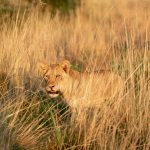
Wildlife Safari Tour in Tsavo West National Park Kenya
September 27, 2023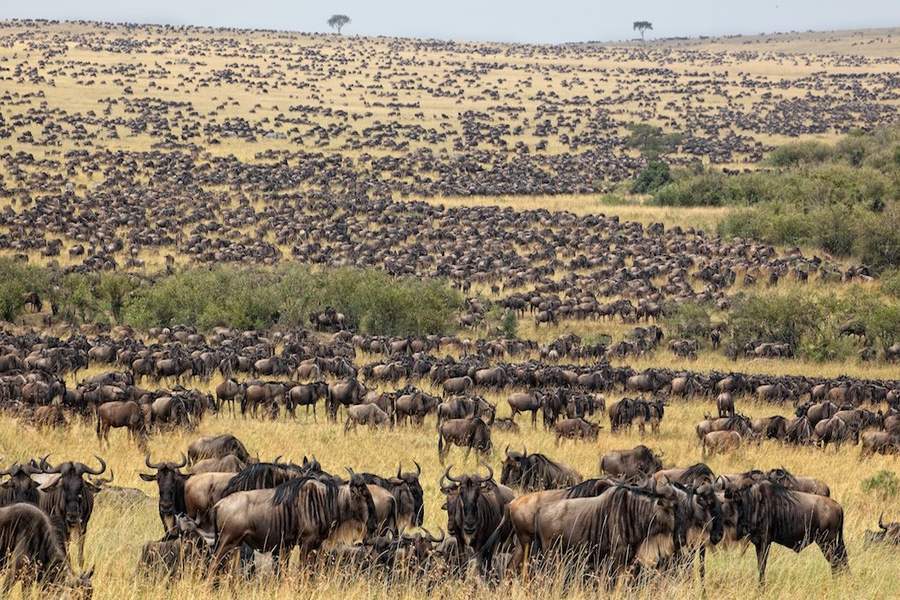
The Great Wildlife Migration in Kenya
December 5, 2023Kenya Wildlife Photography Tour Capturing Africa’s Wild Beauty
Why a Kenya Wildlife Photography Tour is a Dream Africa Safari Experience
A Kenya Wildlife Photography Tour combines two of the most rewarding travel experiences in Africa. Immersing yourself in nature and capturing timeless moments with your camera. Kenya remains one of the world’s most celebrated safari destinations, with landscapes that range from the sweeping savannahs of the Maasai Mara to the rugged hills of Samburu, the flamingo-lined lakes of the Great Rift Valley, and the towering backdrop of Mount Kilimanjaro in Amboseli. For photographers, both amateur and professional, Kenya offers an unrivaled stage to capture some of the most iconic wildlife moments on Earth.
What makes a Kenya Wildlife Photography Tour stand out is the diversity of both wildlife and landscapes. From dramatic wildebeest river crossings during the Great Wildebeest Migration to tender moments of elephant families walking across dusty plains, every corner of Kenya promises scenes worthy of the finest photography collections. Beyond the animals, the golden sunrise light, the star-filled night skies, and the cultural experiences with local communities create endless opportunities for storytelling through the lens.
With Deks Safaris & Tours Ltd, every Kenya Wildlife Photography Tour is carefully designed to maximize photographic opportunities while maintaining a strong emphasis on conservation and responsible travel. Each itinerary balances game drives, expert guiding, and comfortable accommodations, whether travelers choose luxury safaris, mid-range experiences, or budget-friendly options. The focus remains on ensuring guests return home with not only incredible photographs but also a deeper appreciation for Kenya’s natural heritage.
Recommended East Africa Wildlife & Gorilla Photography Safari Holidays
- Uganda Primate Fly-In Safari 6-Day Experience
- 8-Day Uganda Big Five Safari Experience
- 9-Day Uganda Wildlife Safari Tour
- Kenya Uganda Rwanda 10-Day Tour
- 10-Day Uganda Safari Experience
- Kenya, Uganda, & Rwanda 12-Day Safari
- 14-day-all-inclusive-rwanda-wildlife-safari
- Kenya Tanzania Uganda 15-Day Safari
- 15-Day Uganda Wildlife & Primate habituation safari
- 6-Day Uganda Habituation Safari
Why Choose a Kenya Wildlife Photography Tour Over a Regular Safari?
While any Kenya safari is rewarding, a specialized Kenya Wildlife Photography Tour offers something far more immersive for those who want to capture wildlife at its best. Standard game drives focus on sightseeing, while a photography tour prioritizes timing, angles, and conditions for the perfect shot. Guides are trained not only in wildlife tracking but also in positioning vehicles for optimal light and composition.
What makes a Kenya Wildlife Photography Tour different from a luxury safari or a mid-range safari? The answer lies in detail and pace. Unlike rushed safaris that simply tick animals off a checklist, photography tours allow for longer stops at sightings, waiting patiently for the right moment when a lion yawns, a leopard emerges from the bushes, or elephants align against the sunset. Every detail from camera stability to minimizing disturbance is planned.
For travelers seeking exclusivity, Kenya Luxury Safaris offer private vehicles, professional photographic guides, and access to remote camps in the Maasai Mara or private conservancies. Mid-range safaris provide an excellent balance of affordability and comfort while still ensuring remarkable photographic chances. Budget safaris are also available, allowing more travelers to experience the magic of Kenya’s wilderness. In all cases, the ultimate reward is returning home with powerful images that tell the story of Africa’s most dramatic landscapes.
Choosing a Kenya Wildlife Photography Tour means elevating your safari experience into an art form. Each moment becomes a chance to capture not just a memory but also a legacy of Africa’s wildlife heritage.
What to Pack for a Kenya Wildlife Photography Tour?
Every photographer knows that preparation determines success in the field. A Kenya Wildlife Photography Tour requires careful packing of both camera gear and personal essentials. Bringing the right equipment ensures you never miss the moment when a cheetah makes its sprint or a giraffe arch gracefully against the sky.
Essential Camera Gear
- Camera Body: A DSLR or mirrorless camera with fast autofocus and interchangeable lenses is the foundation. Carry at least two bodies to avoid lens changes during action.
- Lenses: A telephoto lens (100–400mm or longer) captures distant animals, while a wide-angle lens is perfect for landscapes and wildlife within habitat context.
- Support Gear: A monopod helps stabilize heavy lenses during long drives, while a beanbag often proves more practical than a tripod inside safari vehicles.
- Storage: Extra memory cards and portable hard drives are crucial. Wildlife action can fill storage faster than expected.
Personal Essentials
- Neutral-colored clothing helps blend into the environment.
- A wide-brimmed hat and sunscreen protect against harsh midday sun.
- Binoculars complement your camera by spotting wildlife at a distance before setting up the shot.
Photographers on a Kenya Wildlife Photography Tour should also remember that patience and preparedness matter as much as gear. Sometimes, the best photographs come after hours of quiet waiting. By combining the right equipment with persistence, each safari day transforms into a gallery of unforgettable moments.
When is the Best Time for a Kenya Wildlife Photography Tour?
One of the most common questions travelers ask before booking a Kenya Wildlife Photography Tour is about timing. Kenya is a year-round safari destination, but different seasons bring unique photographic opportunities. Understanding these seasonal variations helps photographers plan the ideal safari experience and ensures every trip produces unforgettable images.
Dry Season, from June to October
The dry season, from June to October, is the most popular time for a Kenya Wildlife Photography Tour. Clear skies and minimal rainfall create favorable lighting conditions, while wildlife concentrates around water sources, making animals easier to find. This period coincides with the world-famous Great Wildebeest Migration in Kenya, where millions of wildebeest, zebras, and gazelles cross the Mara River, creating some of the most dramatic wildlife photography opportunities anywhere on earth. A Kenya Luxury Safari during this time provides private access to riverbanks, where patient photographers can capture breathtaking images of wildebeest leaping into crocodile-filled waters.
Green Season, from November to May
The green season, from November to May, offers equally rewarding photography experiences, especially for those who love vibrant landscapes and birdlife. Afternoon rains transform the plains into lush fields, adding dramatic backdrops of flowers, greenery, and stormy skies. Migratory birds from Europe and Asia arrive, offering a chance to capture colorful species in full breeding plumage. Kenya Budget Safaris during this season are particularly attractive, as rates for lodges and camps tend to be lower, yet the wildlife remains equally spectacular.
For those seeking exclusivity and fewer crowds, January to March provides a balance between dry conditions and quieter reserves. Photographers on Kenya Mid-Range Safaris or Kenya Luxury Holidays during this period can focus on predator sightings, as lions, leopards, and cheetahs thrive in open landscapes. Every season tells a different story, which means there is never a wrong time to embark on a Kenya Wildlife Photography Tour.
What Wildlife Can You Expect on a Kenya Wildlife Photography Tour?
What wildlife will I capture on a Kenya Wildlife Photography Tour? The answer lies in the country’s remarkable biodiversity. Kenya is home to more than 25,000 large mammals and over 1,000 bird species, making it one of the most rewarding safari destinations in Africa.
In the Maasai Mara, the highlight is undoubtedly the Great Wildebeest Migration in Kenya, often described as the greatest show on Earth. Between July and October, vast herds thunder across the savannahs, pursued by predators such as lions, cheetahs, and hyenas. For photographers, these dramatic predator-prey interactions provide thrilling opportunities to capture both action and emotion.
Amboseli National Park
Amboseli National Park offers a completely different photographic setting. Here, towering herds of elephants roam against the backdrop of Mount Kilimanjaro, Africa’s highest peak. Photographers on Kenya Luxury Tours can capture iconic images of elephants silhouetted against the mountain, one of the most symbolic safari scenes. Samburu National Reserve showcases rare species not commonly found elsewhere, such as the reticulated giraffe, Grevy’s zebra, Somali ostrich, and gerenuk.
Bird photographers will find paradise in Lake Nakuru and Lake Naivasha, where flamingos, pelicans, and African fish eagles dominate the scene. Meanwhile, Tsavo’s vast wilderness offers encounters with red-dusted elephants and dramatic volcanic landscapes. Each park adds its own flavor to a Kenya Wildlife Safari, ensuring that no two tours are ever the same.
Whether choosing Kenya Luxury Safaris, Kenya Mid-Range Safaris, or even Kenya Budget Safaris, travelers return home with memory cards full of iconic wildlife portraits, sweeping landscapes, and powerful moments that define the safari experience.
How Do Photography Tours Differ from Regular Kenya Safaris?
The distinction between a Kenya Wildlife Photography Tour and a standard safari is critical for those serious about capturing world-class images. Regular safaris often move quickly from one sighting to another, ensuring visitors see as many animals as possible within a set time. However, this fast pace does not always allow for optimal positioning, lighting, or composition.
A Kenya Wildlife Photography Tour slows down the safari experience. Instead of chasing quantity, it prioritizes quality. Photographers spend extended time at sightings, waiting for the right light or behavior. For instance, rather than driving past a resting lion, a photography tour may wait until the lion stretches, yawns, or interacts with cubs, creating a far more compelling story through the lens.
Guides on photography-focused safaris also understand the technical requirements of photographers. They know how to position the vehicle for front lighting or backlighting, how to avoid obstructive vegetation, and how to predict animal behavior for that perfect shot. Specialized vehicles often come equipped with beanbags, open sides, and fewer passengers, ensuring freedom of movement for cameras and lenses.
Kenya Luxury Safaris enhance this experience with private vehicles, expert photographic guides, and access to exclusive conservancies with fewer tourists. Even Kenya Mid-Range Safaris can include dedicated photographic itineraries, while Kenya Budget Safaris remain excellent for those just starting their wildlife photography journey. Regardless of the style chosen, the philosophy remains the same: a Kenya Wildlife Photography Tour is about crafting powerful stories through patience, perspective, and passion.
Which Parks and Reserves are Best for a Kenya Wildlife Photography Tour?
Kenya is blessed with more than 50 national parks and reserves, each offering distinct photographic experiences. Choosing the right destinations is vital for maximizing photographic opportunities on a Kenya Wildlife Photography Tour.
- Maasai Mara National Reserve: This is the crown jewel for wildlife photography in Kenya, particularly during the Great Wildebeest Migration in Kenya. Photographers can capture epic predator hunts, river crossings, and dramatic golden-hour savannah landscapes.
- Amboseli National Park: Known as the land of giants, Amboseli is ideal for photographing large elephant herds with Kilimanjaro as a backdrop.
- Samburu National Reserve: Perfect for photographers seeking unique wildlife species found only in the northern ecosystem, combined with striking arid landscapes.
- Lake Nakuru National Park: Famous for flamingos and rhinos, Nakuru provides excellent close-up opportunities for bird and mammal photography alike.
- Tsavo East and West: Vast, untamed, and less crowded, Tsavo offers dramatic compositions with lava flows, baobab trees, and elephants dusted in red soil.
For travelers who prefer exclusivity, private conservancies around the Mara such as Olare Motorogi or Naboisho provide off-road access, fewer vehicles, and intimate encounters. Kenya Luxury Holidays often incorporate these conservancies, giving photographers unique privileges to follow wildlife beyond the restrictions of public reserves. Whether the goal is to document predator-prey drama, birdlife diversity, or simply the landscapes that define Africa, every park enriches the narrative of a Kenya Wildlife Photography Tour.
What Cultural Experiences Complement a Kenya Wildlife Photography Tour?
Beyond wildlife, a Kenya Wildlife Photography Tour offers unique opportunities to engage with local cultures, adding human stories to your photographic journey. Cultural experiences enrich safaris by connecting travelers with Kenya’s people, traditions, and heritage.
The Maasai community, known for their vibrant attire and warrior traditions, provides powerful portraits and storytelling opportunities. Visiting a Maasai manyatta (village) allows photographers to capture traditional dances, beadwork, and the daily lifestyle of pastoralists. Similarly, the Samburu people of northern Kenya offer a unique cultural experience distinct from the Maasai, with equally photogenic attire and customs.
Around safari lodges, travelers can also explore community projects, local markets, and village visits. These interactions showcase Kenya’s diversity, highlighting the balance between conservation and culture. Photographers can capture scenes of herders leading livestock, women crafting traditional jewelry, and children playing against the backdrop of open savannahs.
Many lodges, particularly those featured in Kenya Luxury Tours, partner with local communities to promote sustainable tourism. Guests on Kenya Mid-Range Safaris and Kenya Budget Safaris can also enjoy these authentic cultural exchanges, often included in their itineraries. Adding cultural dimensions to a Kenya Wildlife Photography Tour ensures travelers return home with a holistic story—one that captures not only animals but also the people who call this land home.
How Can You Ensure Ethical and Responsible Photography on Safari?
A Kenya Wildlife Photography Tour must always balance passion for images with respect for nature. Ethical practices ensure that photography never harms wildlife, disrupts ecosystems, or disrespects local communities.
Responsible photography begins with maintaining distance. Photographers should avoid getting too close to animals, especially during sensitive times such as hunting, mating, or rearing young. Using telephoto lenses allows stunning close-ups without intrusion. Guides also play a key role by enforcing park rules, limiting off-road driving, and ensuring minimal disturbance to habitats.
Another principle of ethical photography is honesty. Over-edited or manipulated images may compromise authenticity. Instead, natural adjustments to exposure, contrast, and color should enhance reality without creating false impressions. Ethical photographers also respect cultural sensitivity, seeking permission before photographing local people and avoiding exploitative representations.
Kenya Luxury Safaris and Kenya Mid-Range Safaris often emphasize sustainability, working with eco-lodges that reinvest in conservation and community projects. Even travelers on Kenya Budget Safaris can contribute by choosing operators committed to responsible practices. By prioritizing animal welfare, cultural respect, and truthful storytelling, every Kenya Wildlife Photography Tour becomes a force for conservation and education.
Why a Kenya Wildlife Photography Tour is the Ultimate Safari Experience
A Kenya Wildlife Photography Tour offers more than just images—it provides lifelong memories and personal connections to one of Earth’s greatest wildernesses. From witnessing the Great Wildebeest Migration in Kenya to photographing elephants under Kilimanjaro, every moment holds the potential to inspire, educate, and preserve.
With Deks Safaris & Tours Ltd, travelers gain access to carefully crafted itineraries designed to maximize photographic opportunities while upholding conservation values. Whether choosing Kenya Luxury Safaris, Kenya Mid-Range Safaris, or Kenya Budget Safaris, every guest experiences a journey that blends world-class wildlife encounters, cultural immersion, and professional guidance.
The magic of Kenya lies not only in its iconic animals but also in the stories told through photography. Every captured frame preserves Africa’s beauty for generations, ensuring that the wilderness remains celebrated, respected, and protected. Choosing a Kenya Wildlife Photography Tour is therefore more than a travel decision—it is a commitment to experience, expertise, authoritativeness, and trustworthiness in Africa tourism.

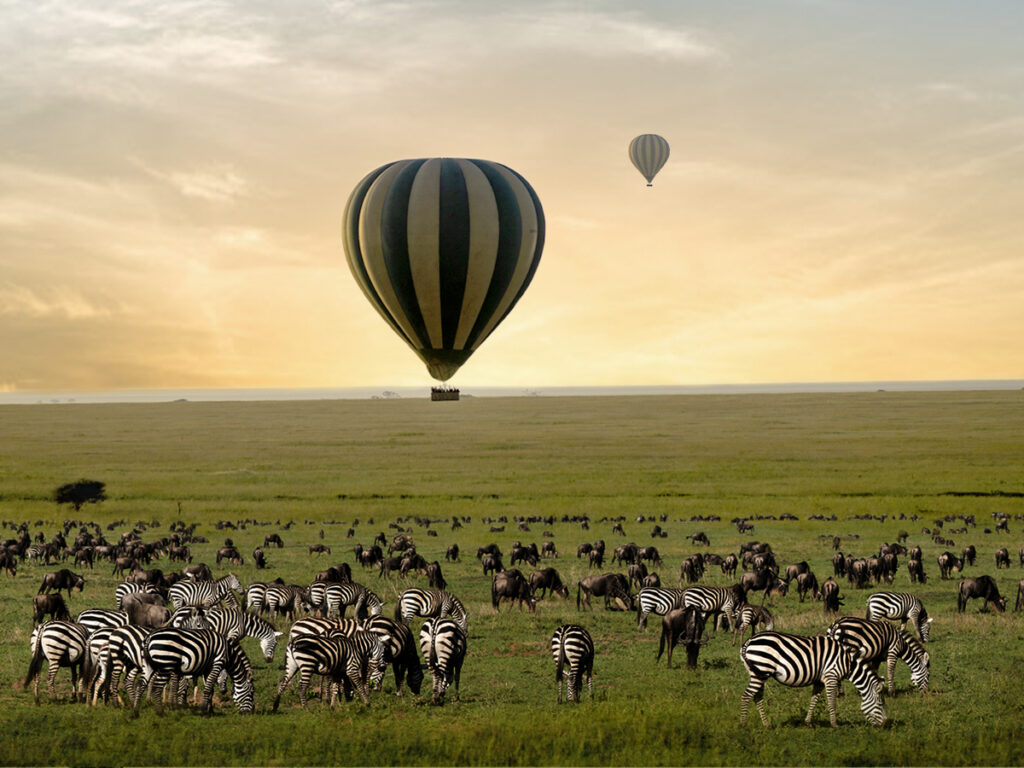




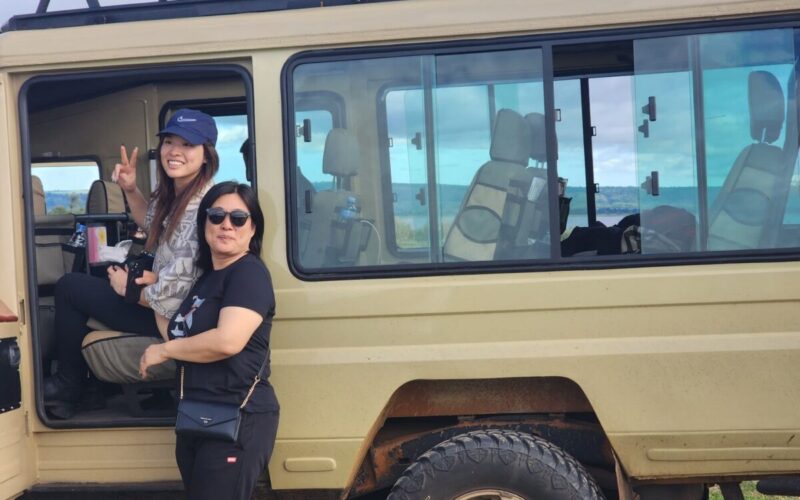
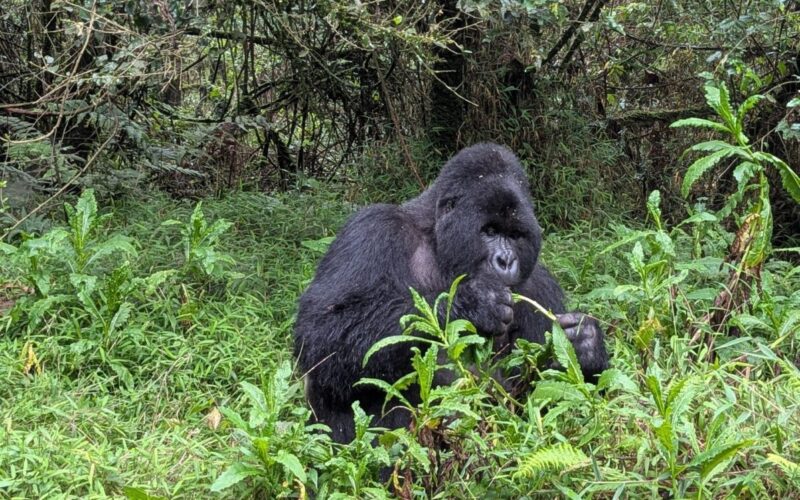
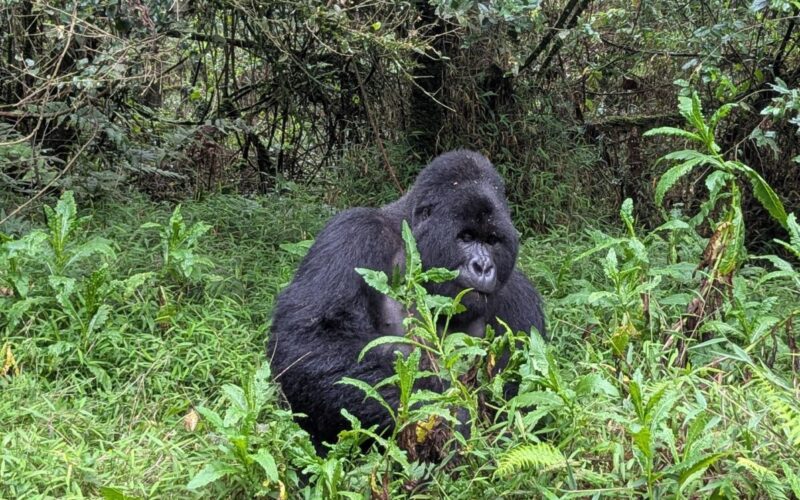
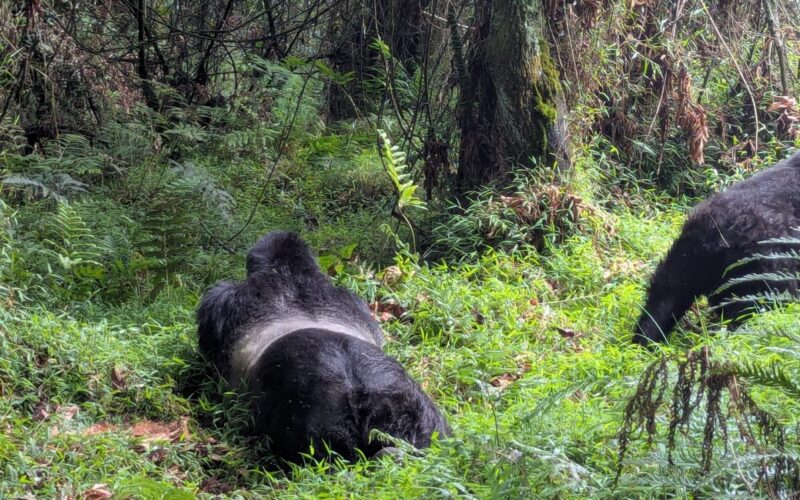

3 Comments
I loved you even more than you’ll say here. The picture is nice and your writing is stylish, but you read it quickly. I think you should give it another chance soon. I’ll likely do that again and again if you keep this walk safe.
I loved you better than you would ever be able to express here. The picture is beautiful, and your wording is elegant; nonetheless, you read it in a short amount of time. I believe that you ought to give it another shot in the near future. If you make sure that this trek is safe, I will most likely try to do that again and again.
Your approach to solving this problem is refreshingly practical compared to other methods I’ve tried. The step-by-step guide makes it feel achievable even for beginners. I’m excited to implement these strategies in my own work.